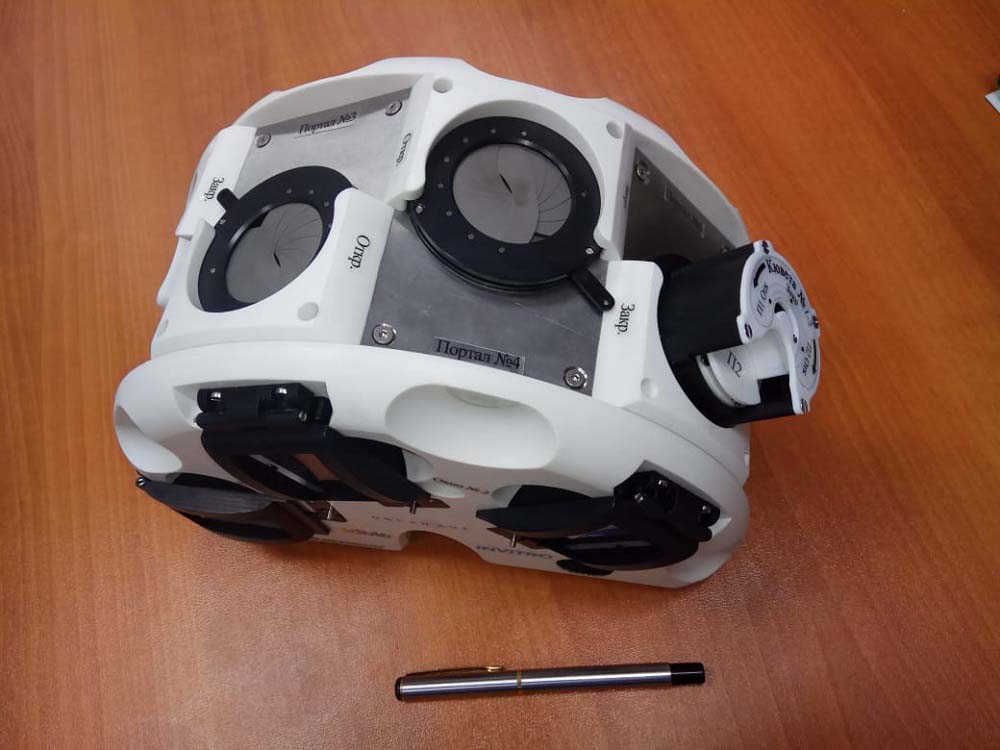News about maps
Digital cartography and GPS navigation
Mapstor news
This Day in History
Travelling with mapstor.com
Digital cartography and GPS navigation
115 years of flight
Next-generation of GPS satellites are headed to space
DJI Phantom 4 RTK - cartography of a new generation
Earthquake prediction systems
OneSoil map
What for to Explore Space?
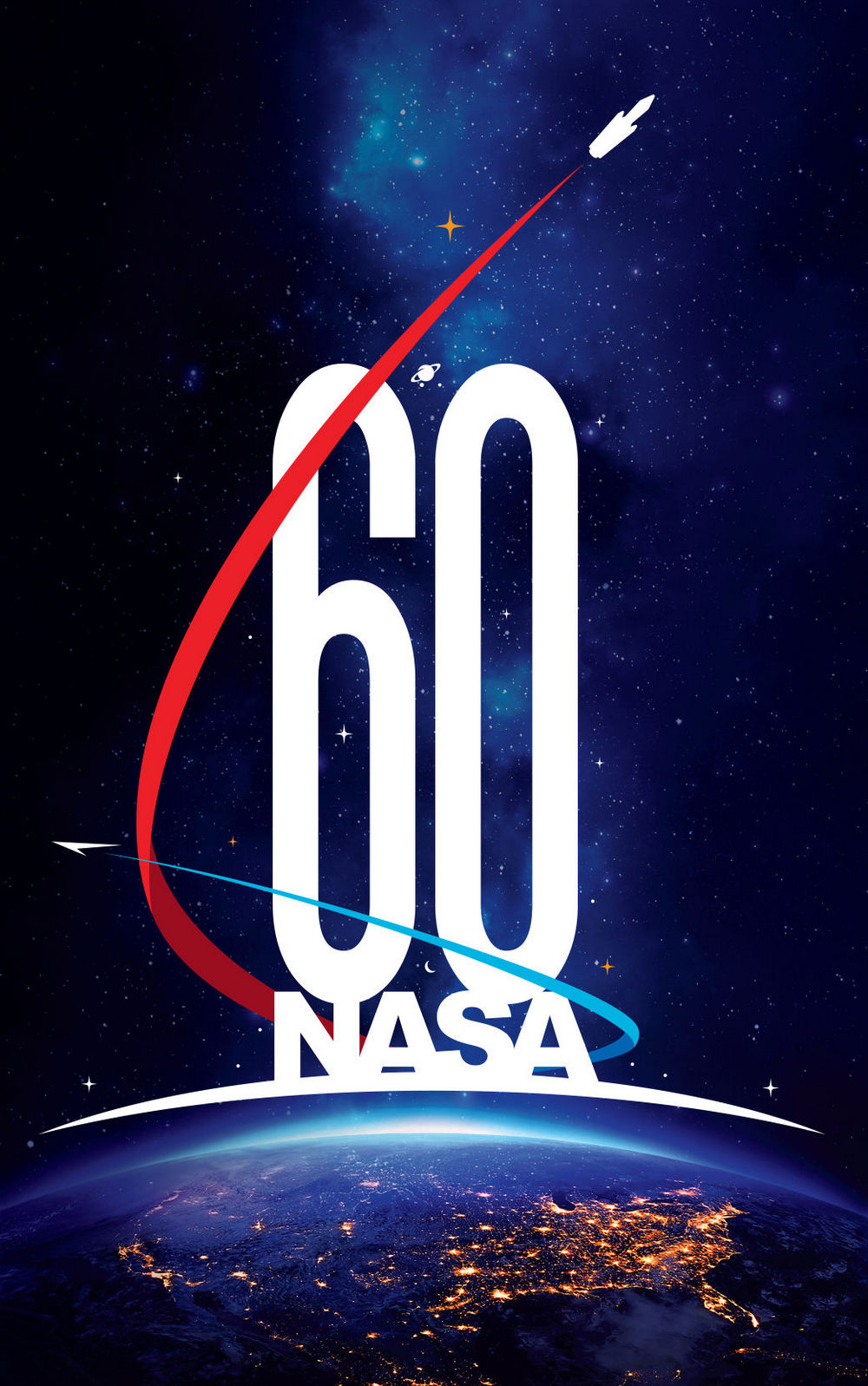
Under many articles concerning launches of new space vehicles, its scientific discoveries or another expeditions to the ISS, there are comments like: "What does this have to do with my life? What for spend so much money on this probe/station?" Today we would like to somehow clear the situation on 70 examples of technologies originally developed for space, but eventually applied on Earth (and possibly actively used by you personally). And suggest starting with a list of 50 technologies created by NASA that were published by the Independent newspaper in an article titled "50 Years, 50 Giant Jumps: How NASA Shocks Our World" - we think that this list continues to be relevant and now, in the 60th anniversary of the agency.
1. Manual vacuum cleaner
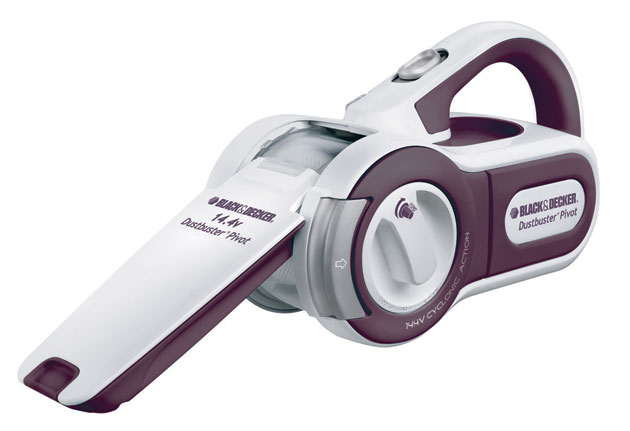
Wireless miniature vacuum cleaner was created after the the company Black & Decker developed portable drill for missions "Apollo" conducted in 1963-1972. The machine used a special computer program to reduce power consumption when retrieving lunar cores (soil samples taken from a single column). This program later helped the company develop many battery-powered devices, this vacuum cleaner is one of them.
2. Sneakers with air cushion
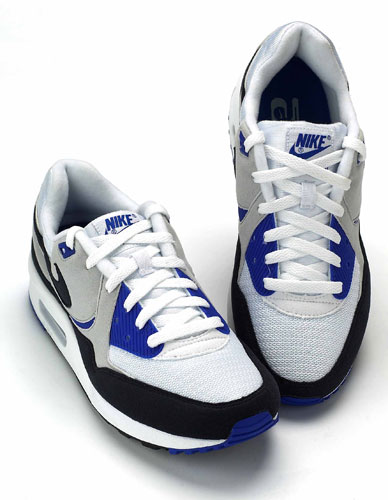
In the early 1980s, during the manufacture of helmets for spacesuits, a process called "blow molding of rubber" was used. Former NASA engineer Frank Rudy suggested Nike the idea of using this technology in the production of sneakers. He presented sneakers with hollow soles filled with shock absorbing material to mitigate the impacts of running. Rudy's idea was a network of interconnected air cells, later named Nike Air.
3. Breathing apparatus for fire fighters

Until 1971, the average weight of breathing apparatus exceeded 10 kilograms. Carrying excess weight was so exhausting that some firefighters preferred to fight with fire without them. The engineer from NASA adapted the emergency system of life-support of spacesuits for these purposes. Four years later, a respiratory apparatus appeared, weighing one-third less and having better visibility.
4. Blankets for marathon runners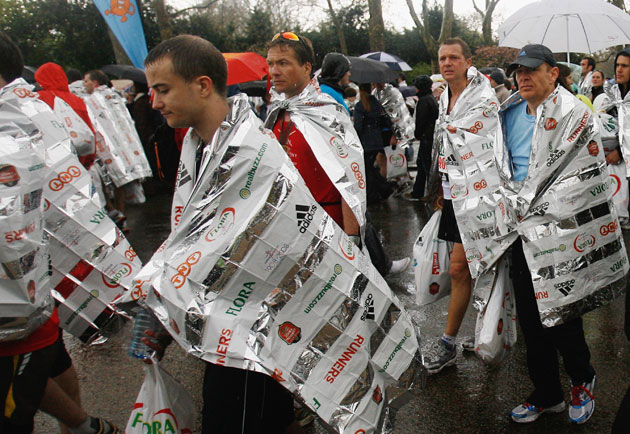
In 1964, NASA developed a material capable to reflect infrared radiation with high efficiency: it was a thin layer of plastic coated with a metallic reflecting material of a golden or silver color. In the form of a blanket, it reflects about 80% of the body wrapped by him back. This is used to maintain body temperature of runners after the finish and victims of accidents (such blankets are used both for protection against hypothermia and in cases of fires).
5. Safety of take-off strips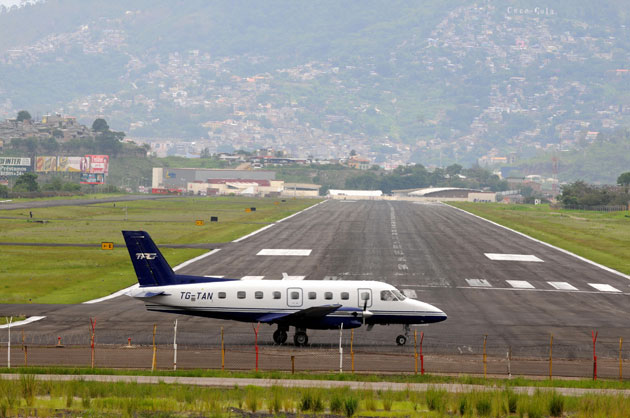
NASA studies showed that cutting thin strips on the runways reduces the probability of plane hydroplaning during landing: excess water flows down the grooves, thereby increasing friction in wet conditions. This experience has been adopted by airports around the world.
6. Capsules with sensors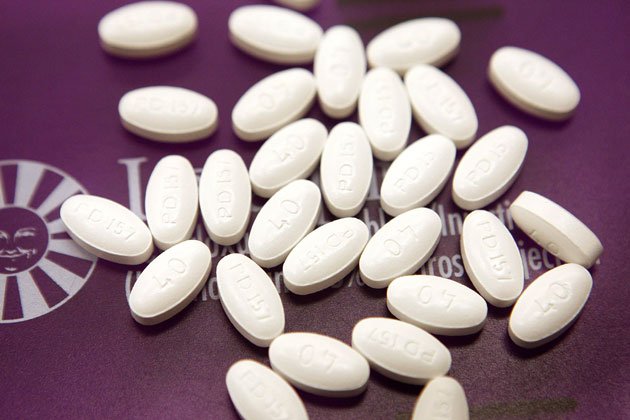
Astronauts swallowed tablets with temperature and blood pressure sensors, as well as a data transmitter to monitor their health during training. Such tablets can be used in medicine to monitor body temperature, pressure and other vital signs of the body.
7. Faster racing cars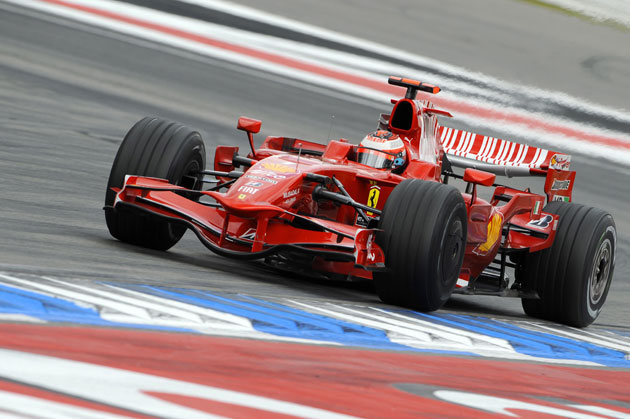
Carbon fiber was invented by the Royal Aircraft Building in Fanboro, England in the 1960s, but it was stimulated by its use in space vehicles. So graphite, reinforced with carbon fiber, was used in the nose cone of the Space Shuttle. This strong, lightweight and heat-resistant material was later used in everything from tennis rackets to Formula 1 racing cars.
8. The roof of the Dome of the Millennium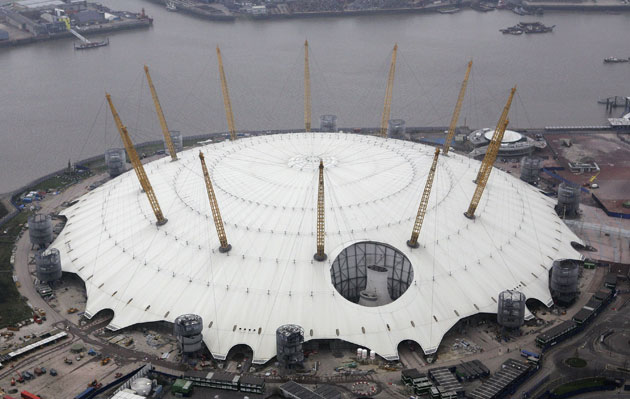
A flexible, but durable fiberglass material with Teflon coating was developed in the 1970s for space suits. Now it is used to build many roofs around the world, including this building in London.
9. Solar panels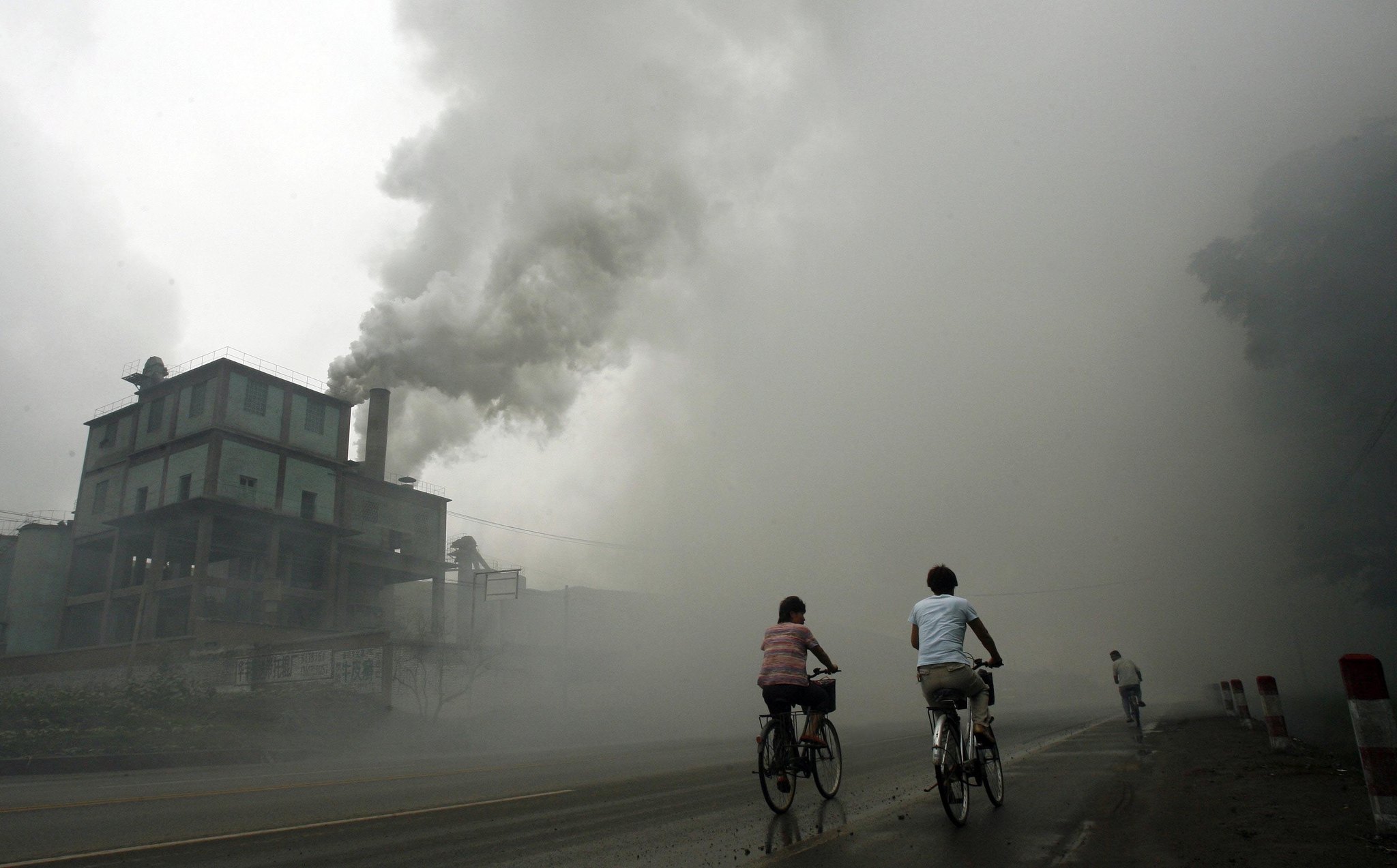
It may seem strange, but the movement of the "green" should be grateful to the rockets that go into space: effective solar cells consisting of crystalline silicon, effectively converting light into electricity, were developed in NASA laboratories in the early 1980s. The same technology is now used by companies producing solar panels.
10. Personal Hurricane Warning System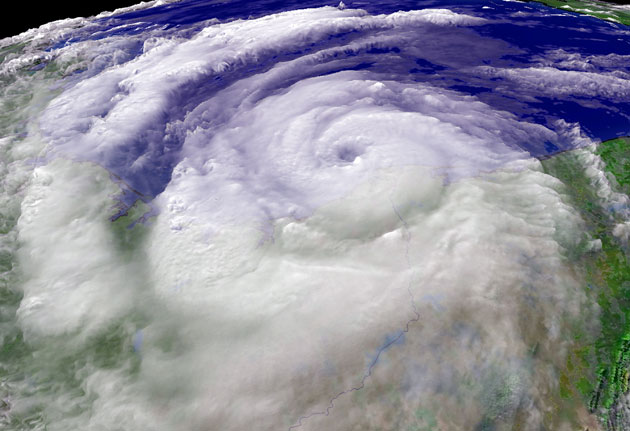
Personal lightning detectors are now popular with boaters, golfers and private jet pilots, but initially it was a by-product of the Space Shuttle program. After pointing to the cloud, the device detects lightning, analyzing subtle changes in lighting. Now this invention is popular all over the world.
11. Most ambitious phrase of all time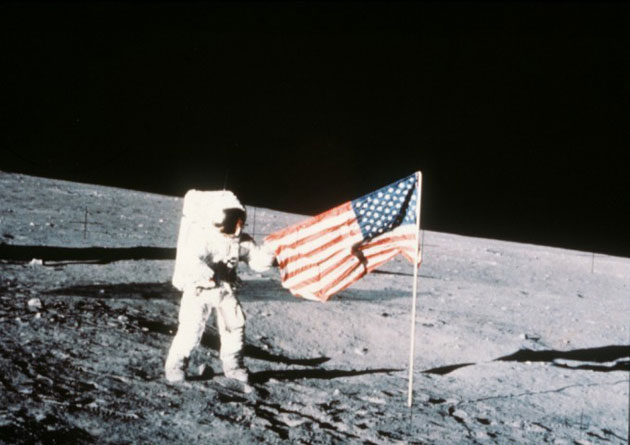
The first step of Neil Armstrong to the surface of the Moon is the most important event of the 20th century. His phrase "This is a small step for man, but a giant leap for the whole mankind" remains one of the most famous quotations ever uttered.
12. Best Sunglasses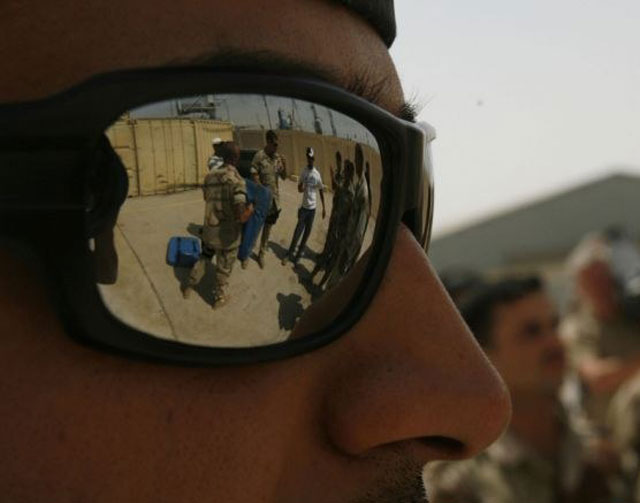
NASA invented a carbonate coating with a diamond-like structure to protect helmets of astronauts from scratching micrometeorites. This substance reduces surface friction, and therefore increases its resistance to scratches: in connection with this, it has been used by many manufacturers of sunglasses, including Ray-Ban, since 1988.
13. The first detailed map of another planet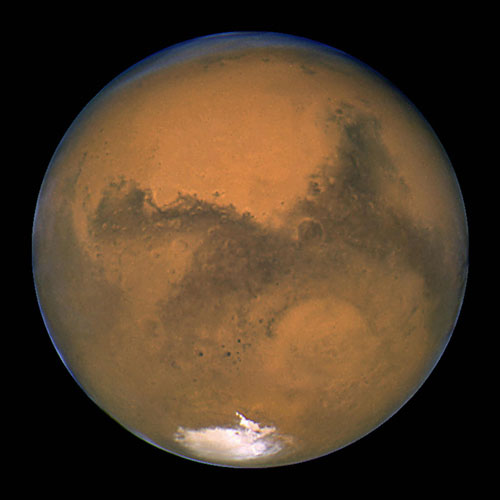
In 1971, the Mariner-9 probe arrived to Mars and transmitted 7329 images of the planet back to Earth. He provided the first global map of the surface of the Red Planet, including detailed types of systems of canyons and volcanoes, such as the Mariner Valley.
14. Preservation of priceless art
After NASA made first tests of polyamides (incredibly durable and heat-resistant polymers), was discovered their ability to protect bronze statues from corrosion.
15. Technology of cars "deformation zones"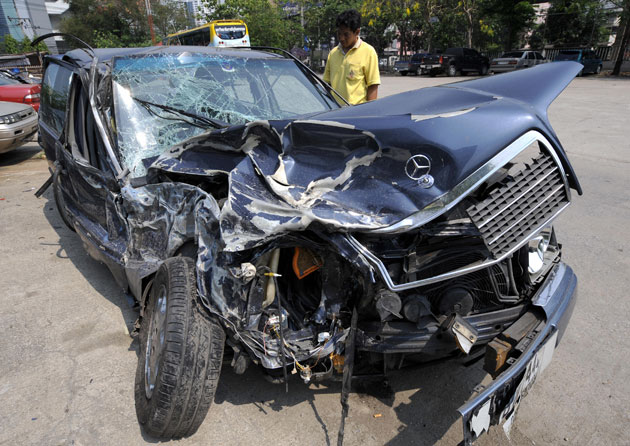
Remotely eroded piercing bolts were used to destroy the connection of the Space Shuttle accelerators with the launching table. This technology has been adapted to create a faster and more powerful equipment for retrieving people in car accidents. The incisors use the same pyrotechnic devices as those used on the Space Shuttle.
16. Longer strikes in golf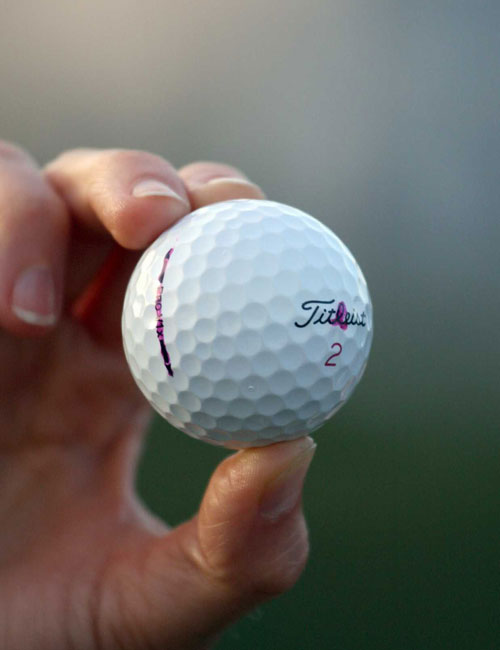
Wilson - one of the largest manufacturers of golf balls - has improved their quality by using the technology of the outer tank of the Shuttle. The surface of the balls has a number of projected depressions that reduce their aerodynamic resistance and allow them to fly farther than normal balls.
17. The best wing tips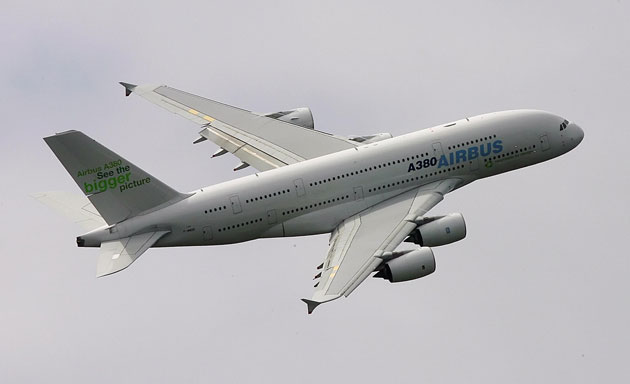
Have you ever seen the vertical end of the plane wings and wondered what it was? These are winglets that were originally developed at the Langley Research Center by the incoming NASA aerodynamics unit. Similar wing tips reduce the inductive resistance and allow the aircraft to save fuel. Winglets have been used since the 1970s and are now on all types of aircraft.
18. Freeze-dried food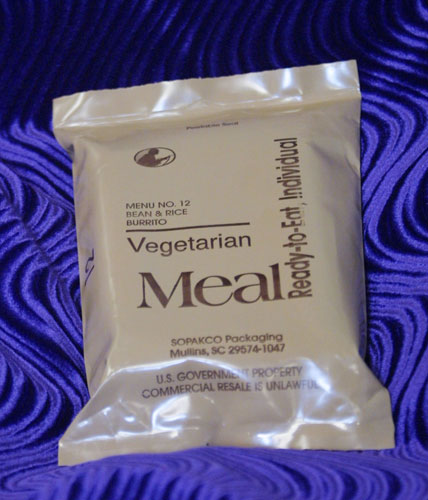
NASA has developed a freeze-drying technology for processing food for the Apollo missions. After such processing, the products retain 98% of their nutritional value and only 20% of the original weight.
19. Children's food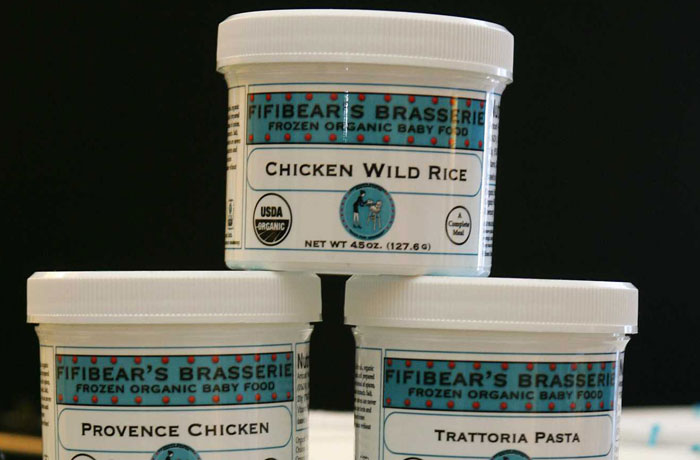
Thanks to NASA researchers of algae (which was supposed to produce oxygen), it was found that some algae contain two essential fatty acids (called omega-3) contained in breast milk. These acids play a key role in the development of mental and visual abilities of infants. A synthetic ingredient based on these acids is now added to baby food in 66 countries around the world.
20. Warm feet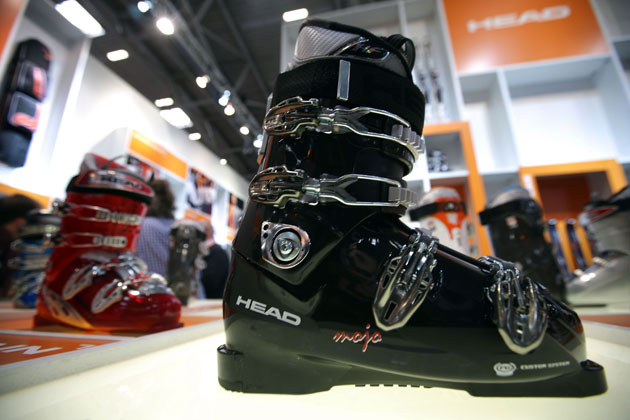
Heated boot batteries, now used by skiers, were adapted from designs used in the Apollo program. Rechargeable batteries are worn on the wrists of gloves or inside ski boots and generate heat through electrical resistors.
21. Better understanding of the origin of life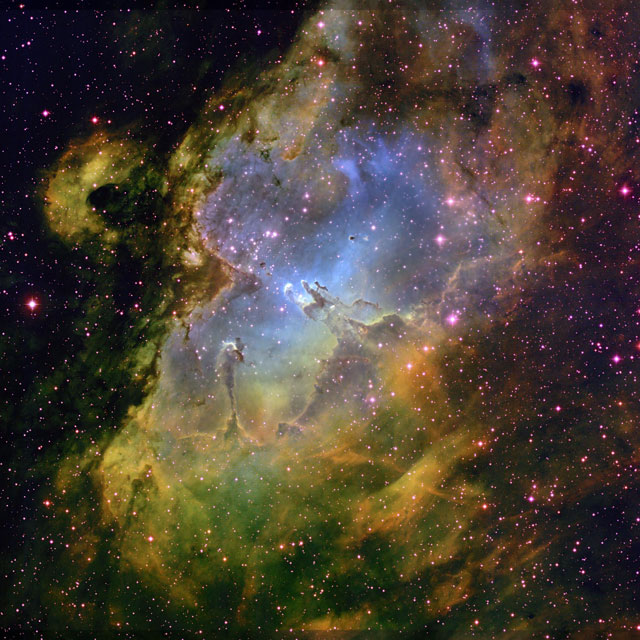
In 1995, the Hubble telescope pictured the "Pillars of Creation" - column-like clouds of gas in the remote Eagle Nebula. Being one of the most striking images of space, these pictures changed the view of scientists about the origin of life in the universe.
22. "Anti-gravity" treadmill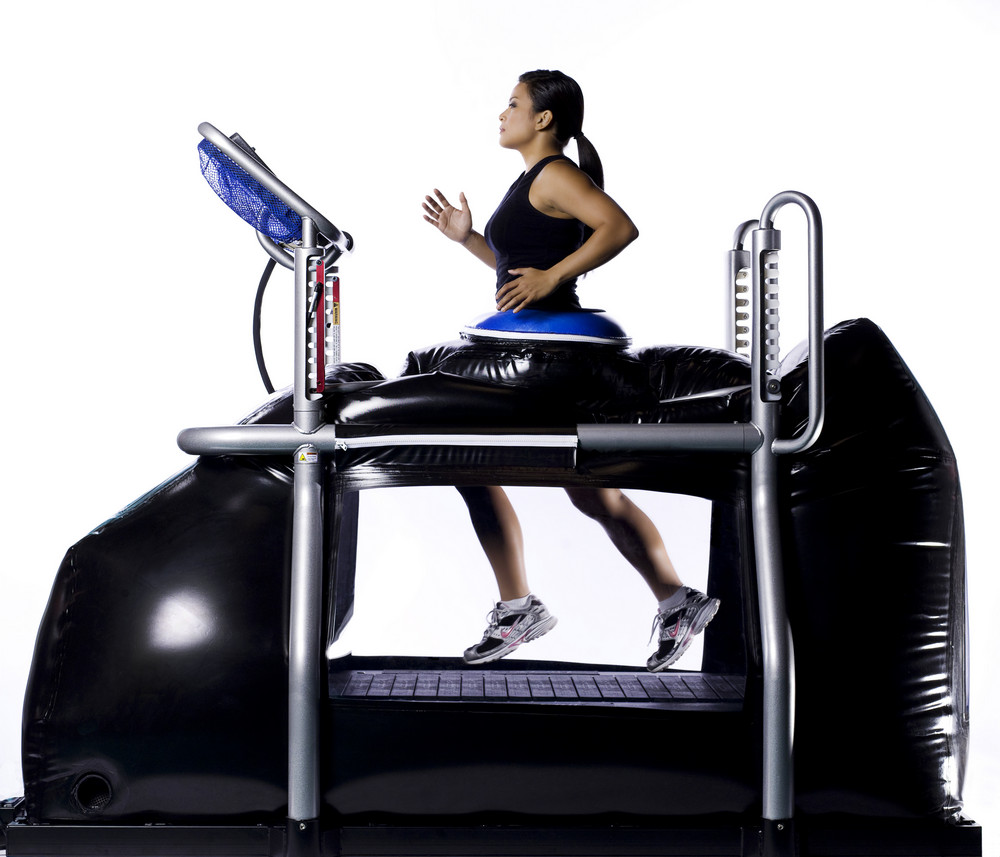
English runner marathons Paul Radcliffe broke a leg, but wanted to participate in the Olympic Games in Beijing. To do this, she trained on a special treadmill, developed at NASA to train astronauts in space necessary to keep their physical shape when returning to Earth. She trained in a pressure chamber with high pressure, which allowed to reduce the weight of the trainee (she was a leader for long time in this marathon in Beijing, but eventually she surrendered and was able to take only 23rd place).
23. Hang gliders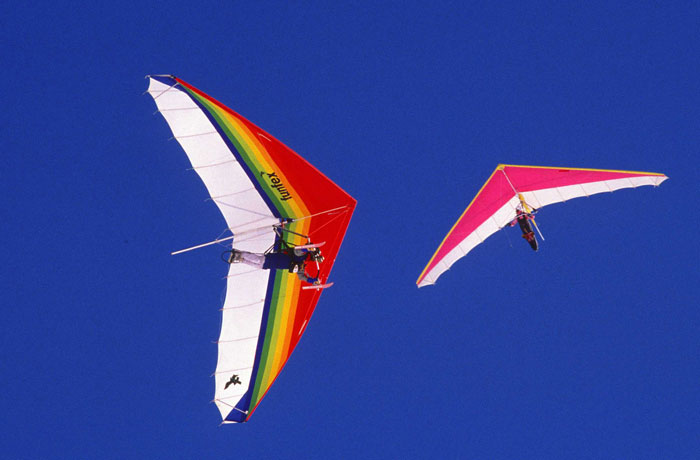
In 1957 NASA began to test various forms of wings for the landing capsule of the ship "Gemini". Simple in design and assembly, as well as the wing of a triangular shape capable of slow flying and soft landing was picked up by enthusiasts, became the most successful in history and formed the basis for more advanced hang gliders used today.
24. Braces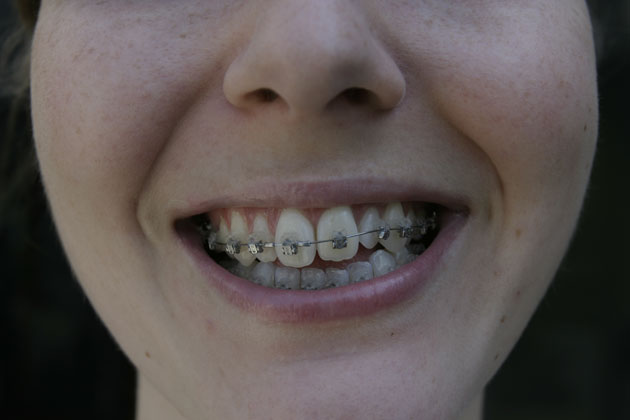
Nitinol - an alloy of nickel and titanium, used in orthodontics for the production of wire dental braces, was initially tested on satellites that needed to be deployed after being put into orbit. Nitinol is durable and returns to its former shape after bending the material.
25. Heat absorbing sportswear
Athletes can overheat doing intense work, but thanks to the new sportswear inspired by the cooling systems of the astronaut spacesuits, this does not happen. Clothing has packs of heat-absorbing gel in the areas where the body most actively emits heat.
26. Heart surgery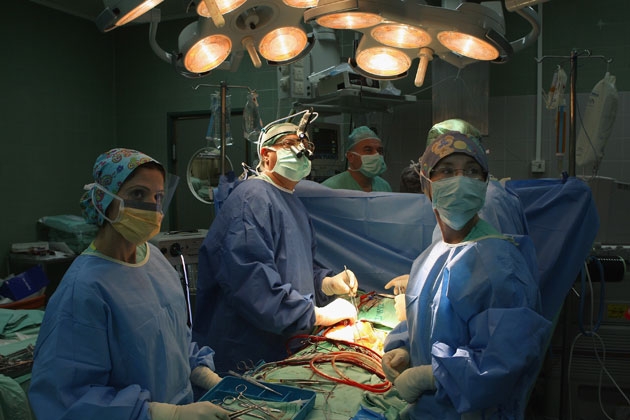
Shunting is not the only remedy for doctors to cope with blockage in the coronary arteries. In our time, accurate lasers can be used to purify arteries with extraordinary accuracy, without damaging the vessels. Similar lasers were originally developed by NASA to monitor the gas composition of the Earth's atmosphere.
27. Life support system for patients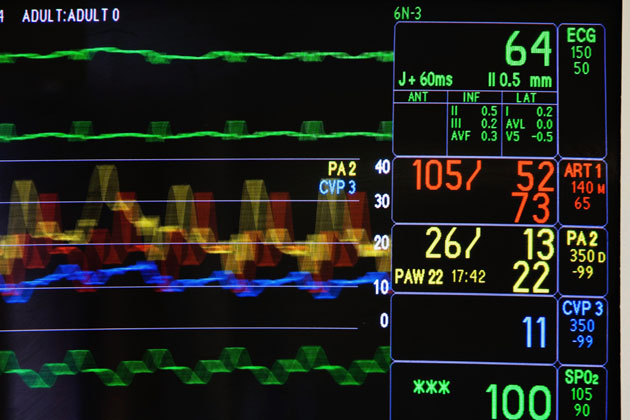
The Mercury project, the first American manned program that was carried out between 1959 and 1963, led to the development of a complex system for tracking the physical condition of astronauts. This technology is now used in intensive care units and specialized cardiac departments of hospitals.
28. Medical LEDs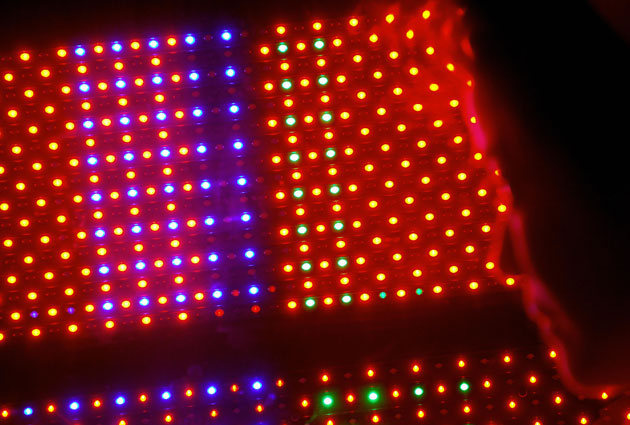
The LED technology used in the planting experiments on the Space Shuttle has led to the creation of hand-held LED blocks used to temporarily alleviate muscle and joint pain and to reduce the symptoms of arthritis, muscle stiffness syndrome and muscle spasms. Also, it is hoped that soon LED technology will also help patients with bone marrow transplants.
29. Artificial limbs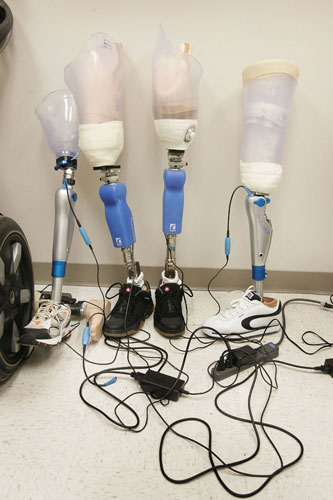
Robotics technologies are used to create more dynamic prostheses. The new foam technology used in NASA as a shock absorber makes it possible to bring the appearance of the prosthesis to a more natural look and to reduce wear on their surface when worn.
30. Intellectual underwear
The new bra, created as a by-product of the technology of breast cancer search, uses the flow of water to cool the surface of the skin. When used in conjunction with thermography - the method of detection of focal sources of heat - this technology allows you to detect tumors and cancer of any type.
31. Detection of forest fires
The technology for detecting fires from satellites was developed in NASA in the early 1990s and was used by the US authorities to detect forest fires that could not be quickly detected by other means. Infrared technology allows you to determine the exact location and size of the fire, allowing in time to send firefighters to eliminate the fire.
32. Research of plants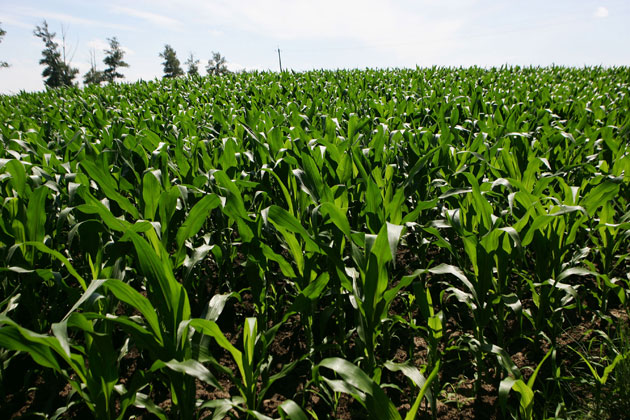
NASA's research on the possible creation of a base on the Moon and Mars considered plants as a source of food, oxygen and water to reduce the need for external supplies. The study was based on hydroponics - a technology where plants are grown not in soil, but in a liquid. This technology can also be used in the production of food on the Earth.
33. Analysis of chromosomes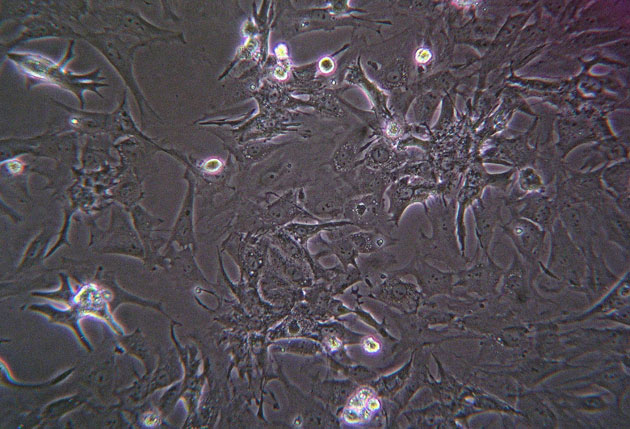
Using NASA's image processing technology, it became possible to photograph the chromosomes through cameras connected to microscopes. Pictures after that can be digitized, allowing doctors to improve them. Technology can be used to detect abnormalities in the development of children.
34. Less garbage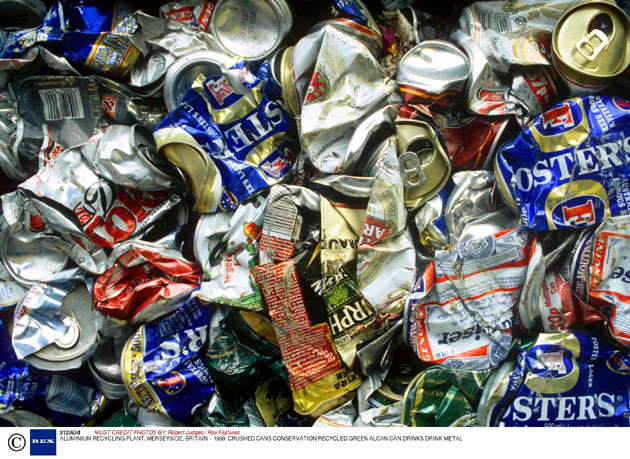
Based on the derivatives from the Space Shuttle technologies was developed a powerless waste compactor that can be used in boats and campers. A hand-held device creates pressure as much as one ton - more than enough to crush an aluminum can, for example.
35. The best skiing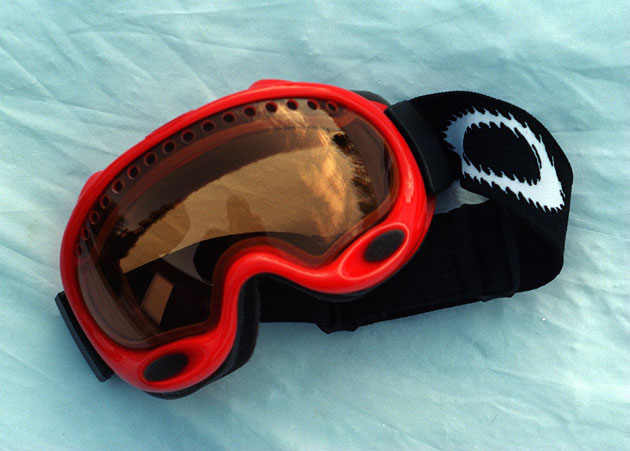
NASA developed a know-how that allows to clean the portholes of space vehicles from condensate before launching them into space, by applying thin films of special washing oils on it. Subsequently, this know-how was applied to ski goggles, masks for deep-sea diving, ordinary glasses and car windows to prevent their fogging.
36. Improved brakes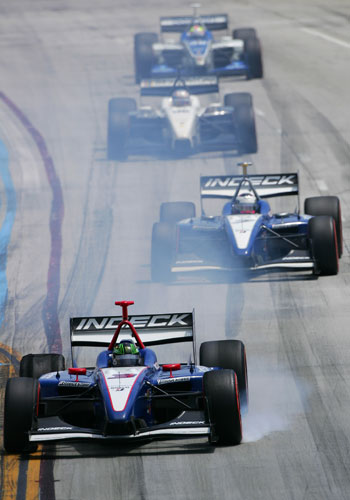
The search for materials for space, resistant to high temperatures, led to the creation of more elastic and cheap materials for brake linings. These materials can now be found in the brakes of trucks, cranes and cars. They provide better and more reliable braking at high speeds.
37. Improvement of air quality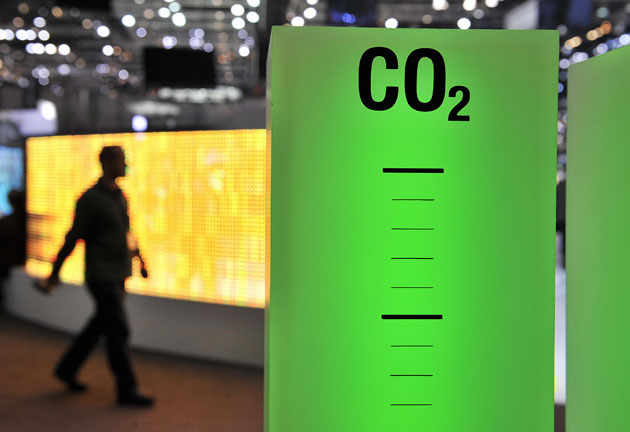
American company has created a system for monitoring air quality based on NASA schemes. The controller allows you to analyze the gas leaving the chimneys and determine mass fraction of certain gases, which helps to ensure that buildings meet the standards for emissions into the atmosphere.
38. Life-saving cardiac technology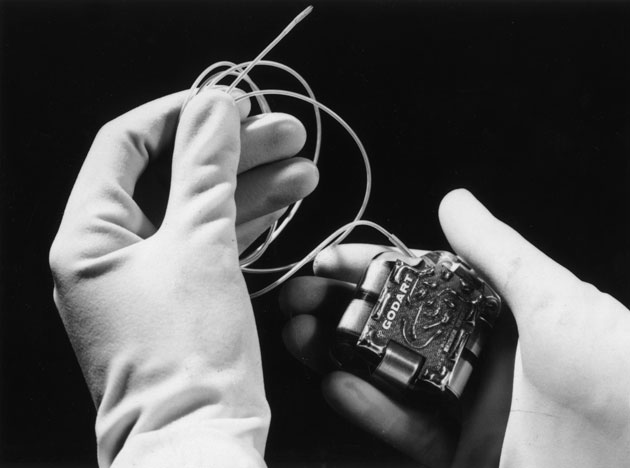
One of NASA's most useful technology - wireless device management system - used to create a pacemaker that can be remotely controlled. Without any surgical intervention, a physician can connect to a pacemaker while holding the wireless device above the patient's chest.
39. Possible end of water shortage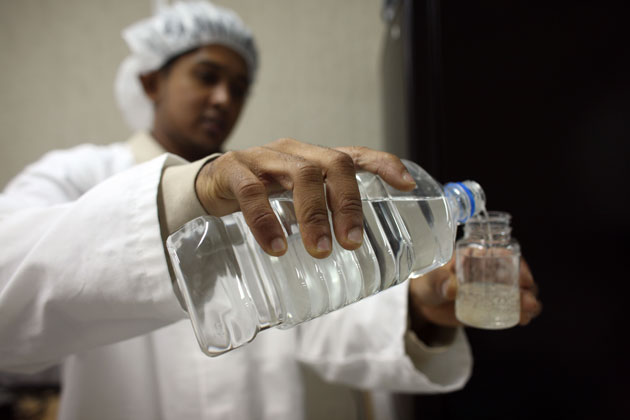
NASA conducts research on bacteria that can be used to remove impurities and purify water. The system allows you to convert wastewater from breathing, sweat and urine into the drinking liquid. This gives hope for addressing the water shortage in the poor communities of developing countries.
40. Speedy swimming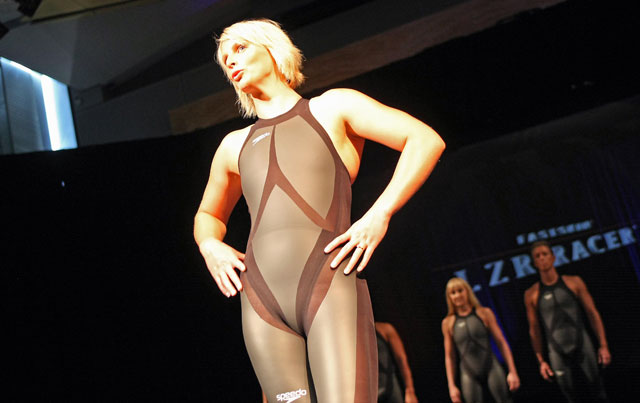
Some of the professional swimmers use the technology found in spacesuits: rubber covered with barely visible grooves that reduce friction and hydrodynamic resistance by redirecting water flow around the athlete. These costumes give a 10-15% increase in the speed compared to the usual costumes (because of protests of the swimmers, the swimming federation banned them since 2010).
41. Inflatable life raft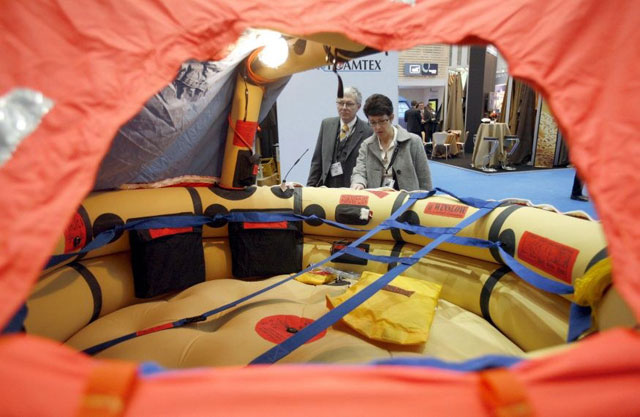
The raft developed during the "Apollo" program – is fully inflated in just 12 seconds and stable even in extremely unfavorable weather conditions. Currently, it is used by the coast guard around the world.
42. Home blood pressure kit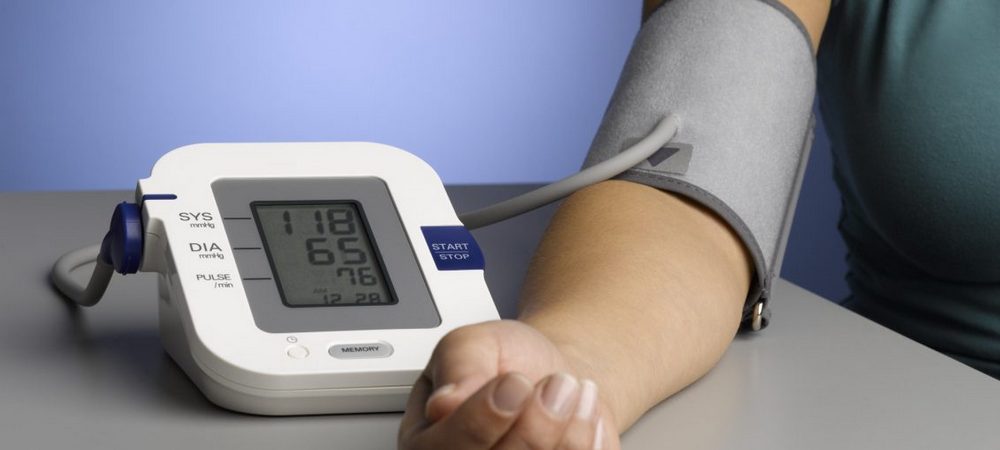
When Alan Shepard became the first American to fly into space 57 years ago, NASA scientists invented a device for automatic determination of blood pressure. Later, this set became generally accepted.
43. Hydraulic shears
A rescue tool used by fire departments across America uses battery-powered technology first applied by NASA. It is 50% lighter and 70% cheaper than workers used before.
44. Satellite TV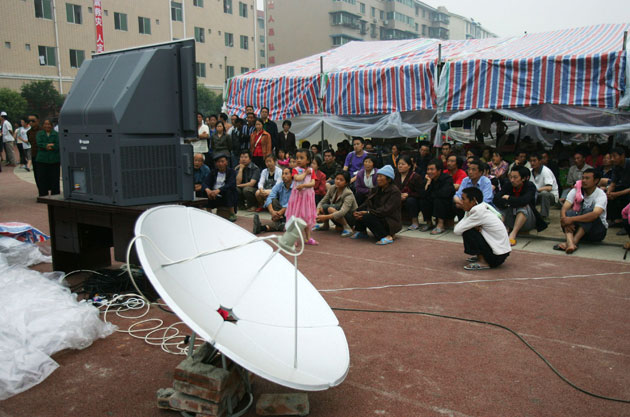
On July 10, 1962, a television show showed a fluttering American flag in the communications center in the city of Andover, Maine. This became possible after NASA launched Telstar, the world's first communications satellite, at 4:35 am on the same day.
45. Wheelchair with voice control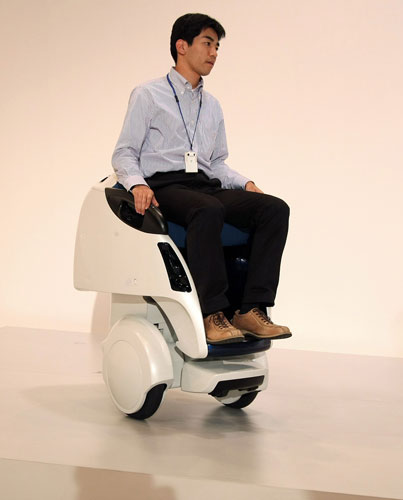
Such chairs use NASA's automatic voice recognition technology and are equipped with a microphone for registering oral commands. This wheelchairs help people with severe forms of diseases to perform some daily tasks.
46. Mine-clearing technology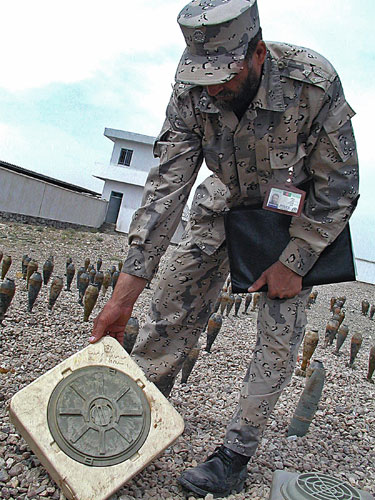
Missile fuel used in NASA, was used in devices designed for the safe clearance of minefields. The device uses rocket fuel to burn a hole in the mine shell and set fire to its explosive contents, which makes it easier to clear the fields from mines (about 26,000 people die from anti-personnel mines each year, hence the "Ottawa treaty" 133 countries, and 40 of them have already ratified it, Russia and the United States, unfortunately, are not included).
47. Durable tires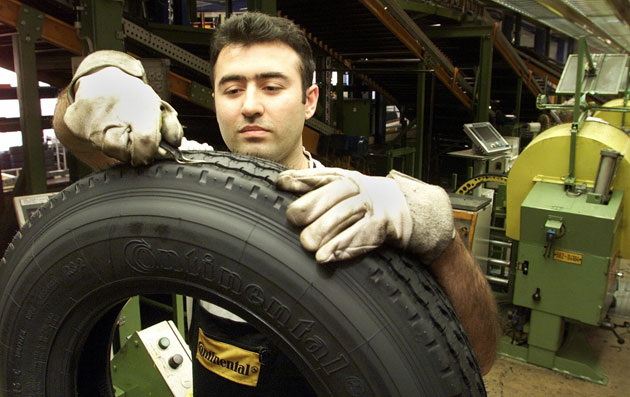
The technology used to create parachutes for landing research probes on Earth was adapted by tire companies to create tires with strength 5 times more than the steel. This technology, first applied by Goodyear in the late 1970s, extended the life of their tires to 16,000 km, which ultimately reduced tire replacement costs for many drivers.
48. Eyes preventive treatment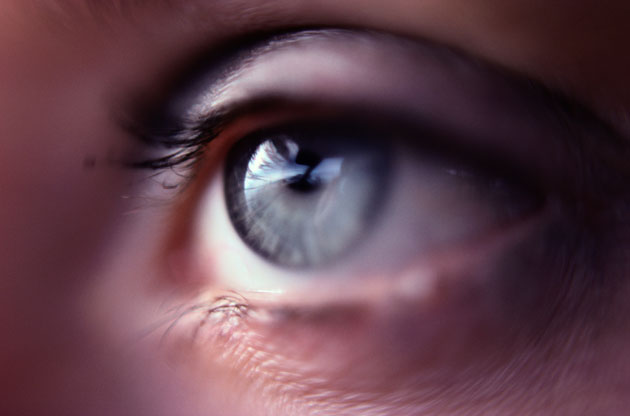
Image processing methods from NASA are used to identify problems with eyes (errors in the deviation of light in them) among children. Electronic flash from a 35 mm camera sends light into the eyes of the child, the reflected signal of which builds the image of the retina.
49. Personal Warning System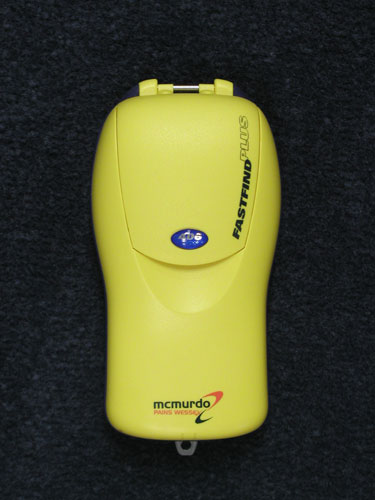
Ultrasonic transmitter with the size of a pen is used by prison guards, teachers, the elderly and disabled people to give a signal for help. These technologies derived from space telemetry. Transmitters provide a noiseless signal, which allows you to accurately determine the place in which you need to send help.
50. The first pictures Saturn rings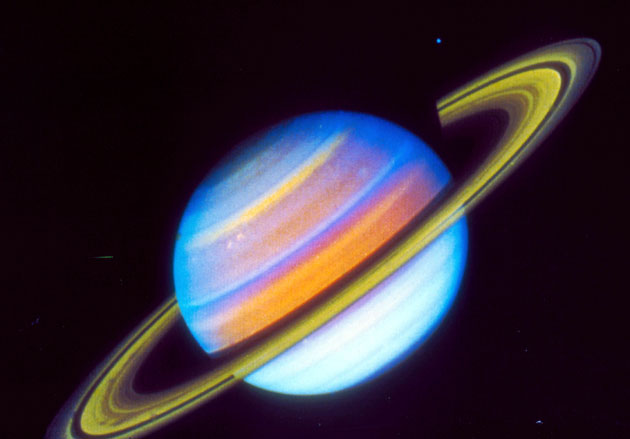
In 1977, the Voyager 1 probe made about 16 thousand pictures of Saturn, as well as its rings and satellites. On the images in the rings were found "spokes", which forced scientific to reconsider theories about the formation of rings in planets.
This is all for 50 Giant Cosmic Jumps. But it would be dishonest not to mention most widespread cosmic technologies now used by humans.
51. Digital image sensors
When you take pictures and videos on a DSLR camera, cell phone or even if you capture an action using a device like GoPro Hero - you use NASA technology.
52. GPS Accuracy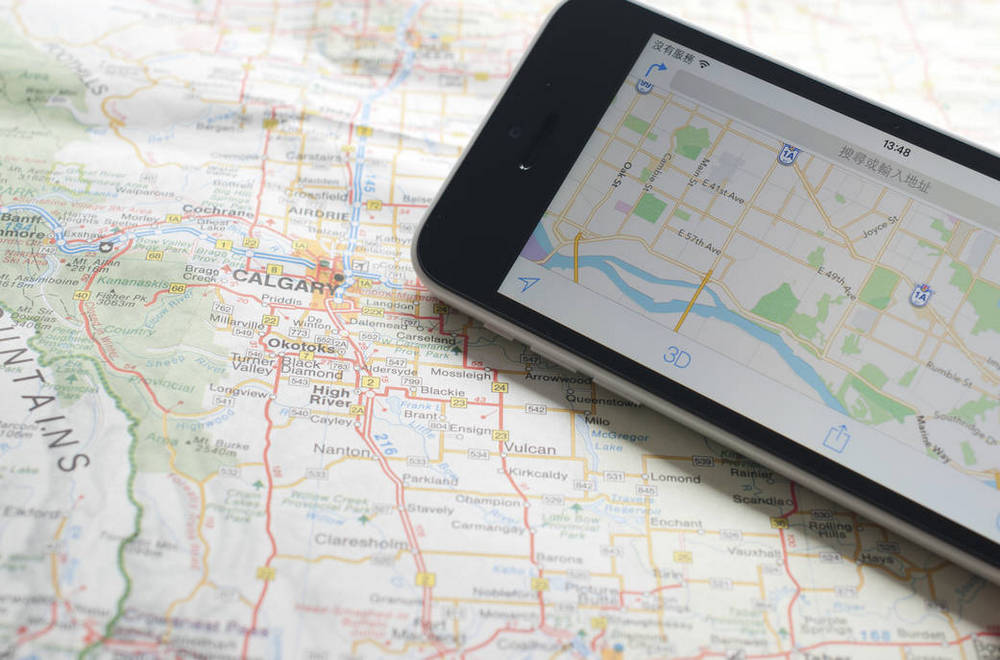
NASA plays an important role in ensuring the accuracy of the global GPS positioning system, including software providing navigation for commercial aircraft, unmanned agricultural machinery and much more.
53. Foam with memory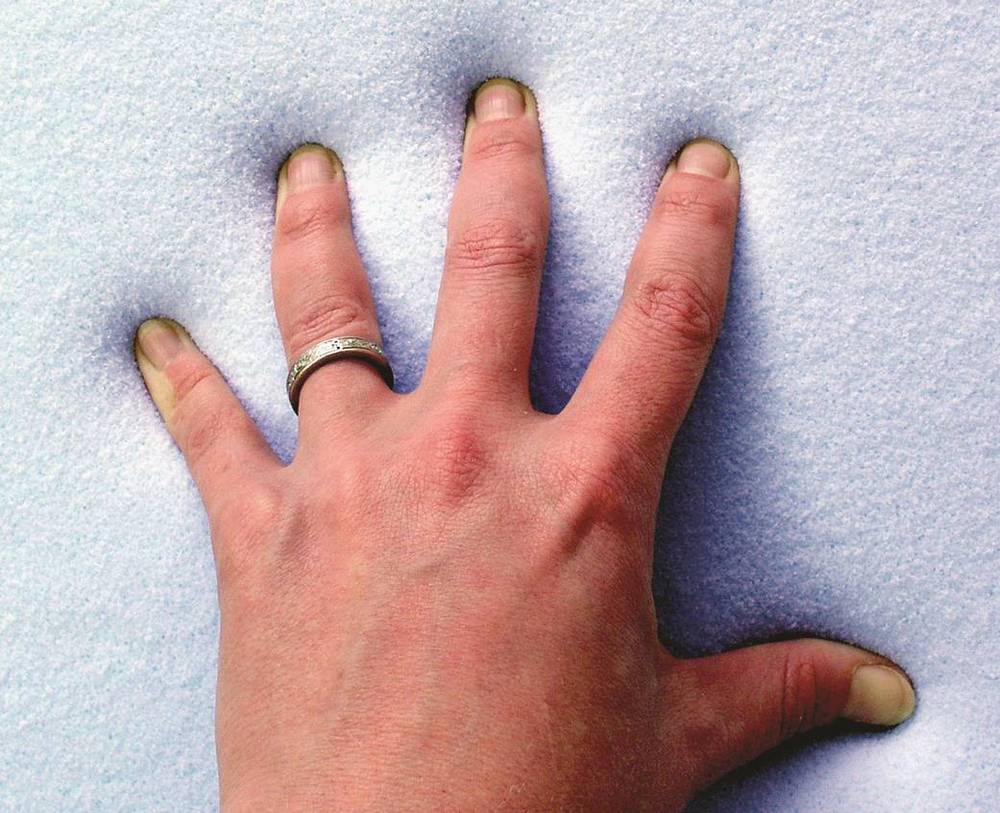
Perhaps the most recognizable by-product of NASA: a foam with a "memory" that was discovered during a study sponsored by NASA to find a softer material for test pilot's seats.
54. The International Search and Rescue System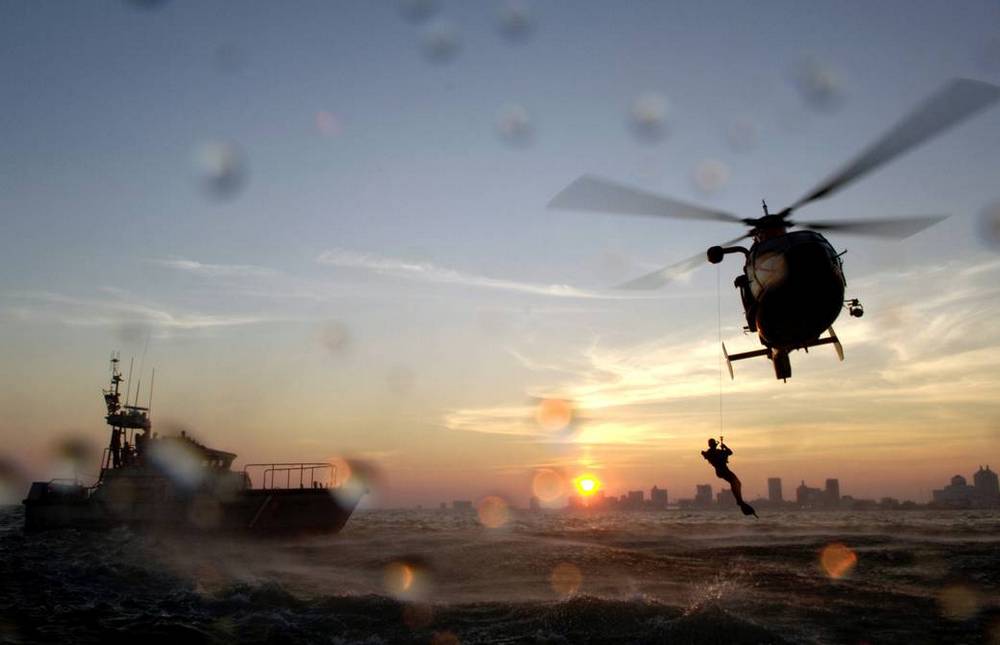
NASA is the initiator of the international satellite search and rescue system "Cospas-Sarsat" in which since the creation of the USSR/Russia, the United States, Canada and France.
55. Aerodynamics of trucks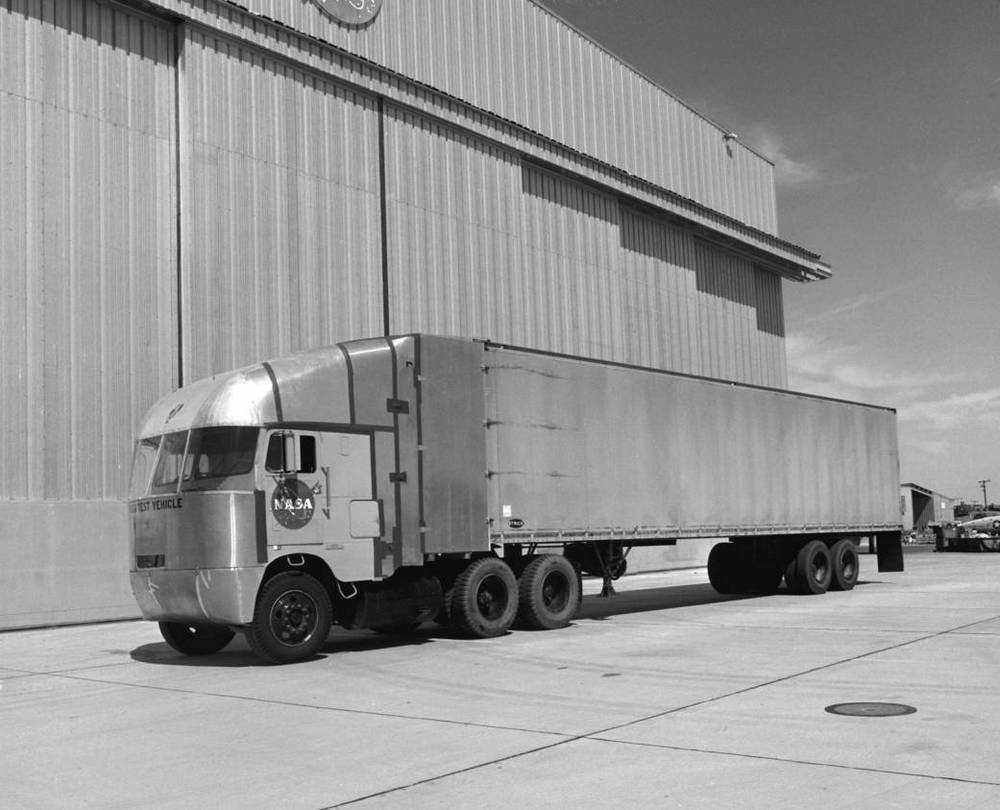
Contribution of the NASA unit engaged in improving the aerodynamics of aircraft and space vehicles allowed to reduce the drag of trucks, which saves about 25 thousand liters of fuel per year for one truck.
56. Shock absorbers for buildings
Such shock absorbers were originally designed to protect space ships and launch sites for very harsh conditions for the launch of the Shuttles. Now seismic shock absorbers, created on the basis of these technologies, are a support for hundreds of buildings and bridges in earthquake-prone regions of the world. None of them was significantly damaged during earthquakes.
57. Improved water filtration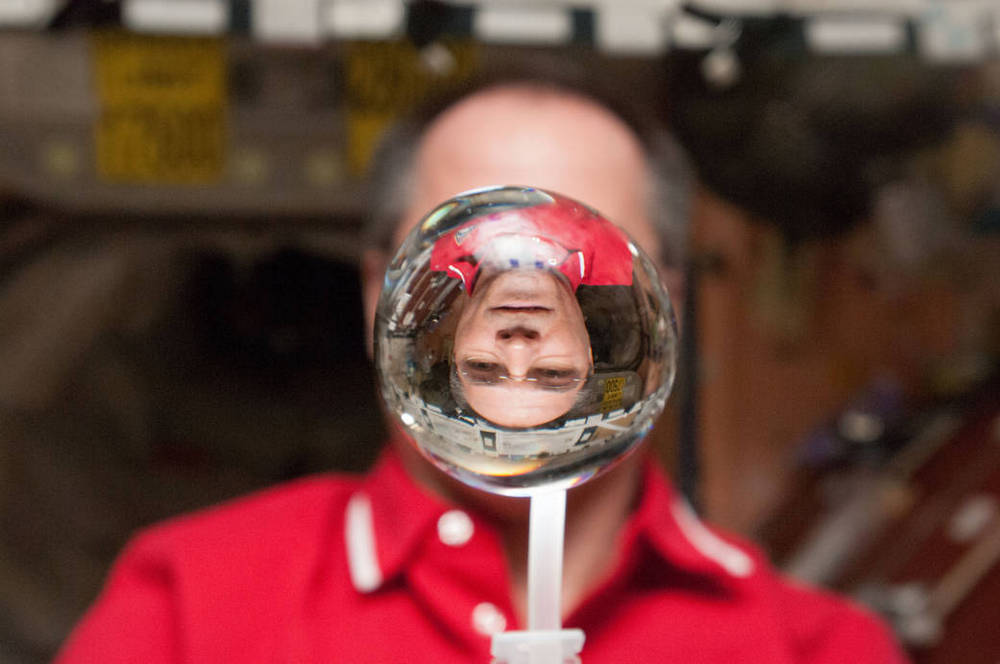
Filters made of nanofibres developed for water purification in orbit are currently used in water supply systems of remote settlements, as well as in special bottles that allow tourists and travelers to purify water from lakes and rivers.
58. Invisible braces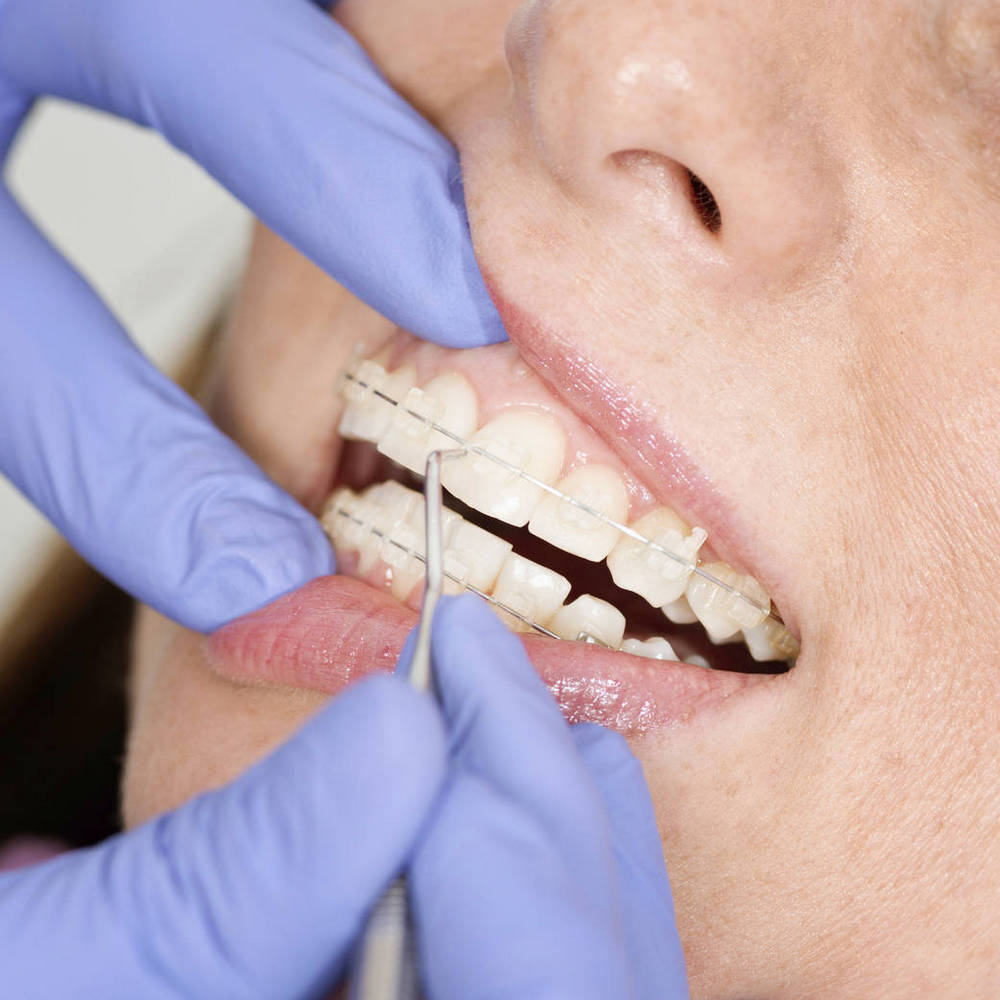
Working with NASA, the company invented semi-transparent ceramics, which became an important component of the first "invisible" braces, further one of the best-selling orthodontic products of all time.
59. The OpenStack cloud platform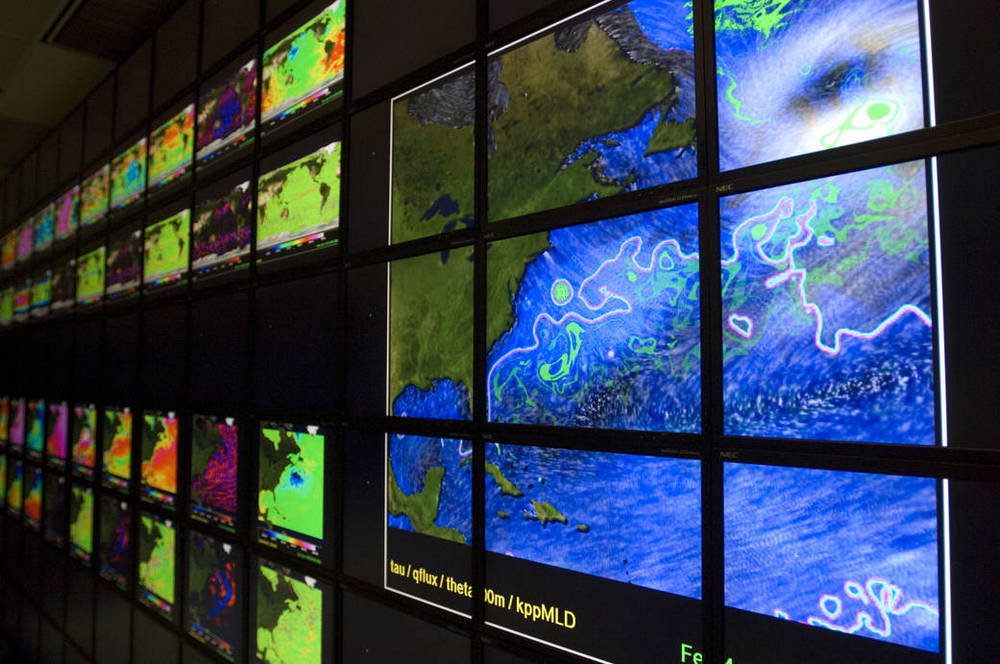
The efforts of the Ames Research Center for the Standardization of NASA Websites, dubbed the "Nebula Project", unexpectedly led to a breakthrough in cloud computing technologies.
60. Supercritical wing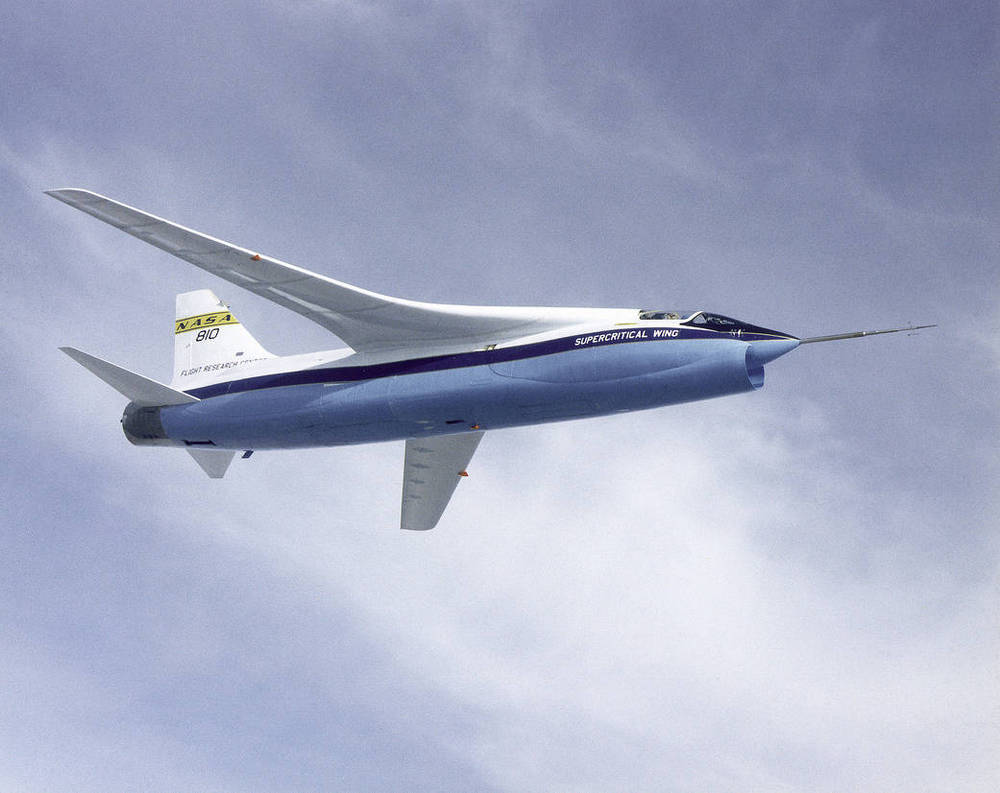
Developments of NASA engineers at the Langley Research Center engaged in the aerodynamics of aircraft and spacecraft in the 60's and 70's allowed improving the design of the wing and led to greater efficiency at a speed close to the speed of sound.
61. Voltage regulator
The patented NASA voltage regulator was used in all types of load-bearing electrical machines, providing the necessary power for the transport of goods.
62. Cloudless views of the Earth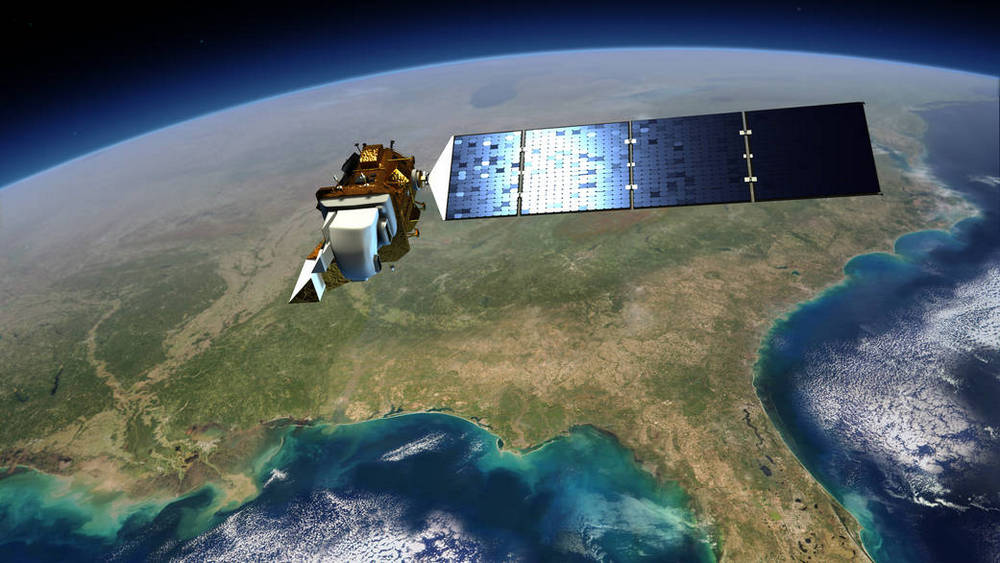
If you've ever used the Google Earth service to locate from above, you can thank NASA for the images they provided on the cloudless surface of the Earth.
63. Mapping of water pools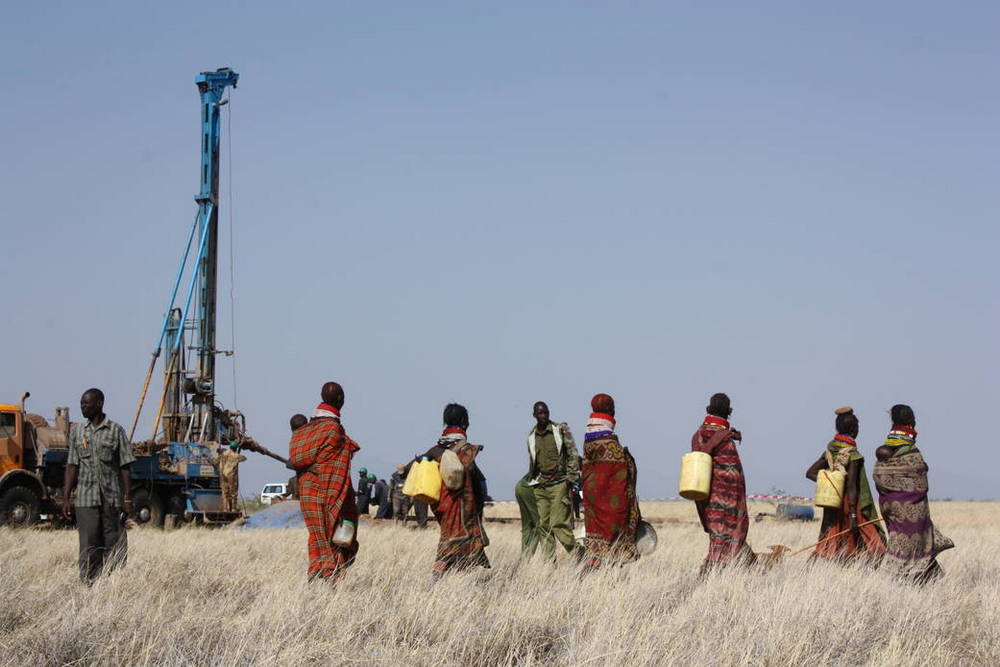
Using data from NASA obtained from sensors of satellites and other methods of remote sensing of the Earth, Radar Technologies International has developed software for groundwater detection.
64. Materials of the phase transition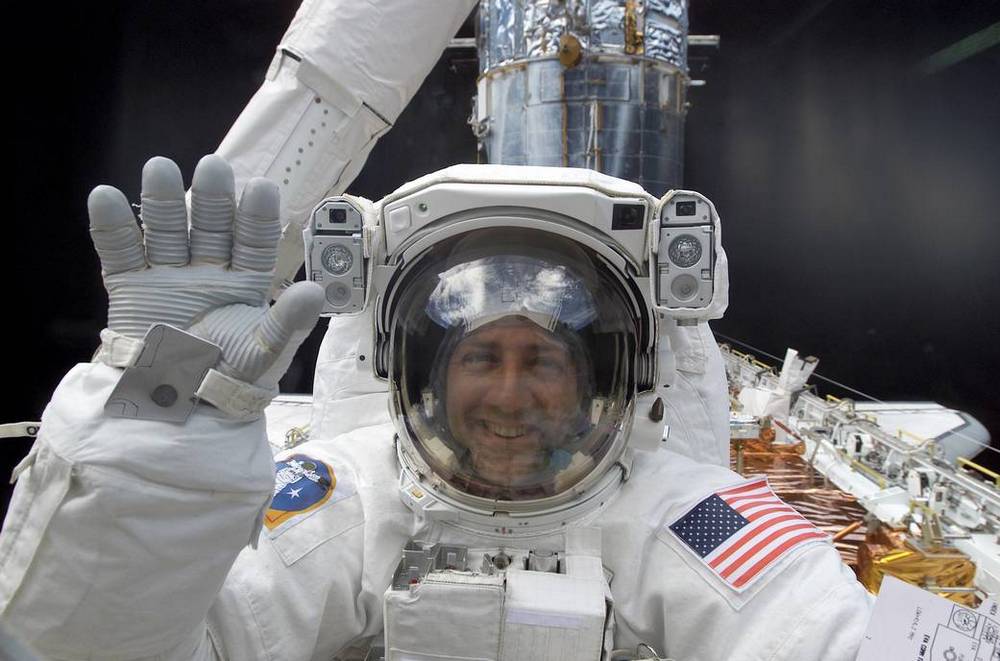
NASA-sponsored research into a new generation of spacesuits included the development of materials with a phase transition that can absorb, retain and radiate heat so that people feel comfortable.
65. Heart pump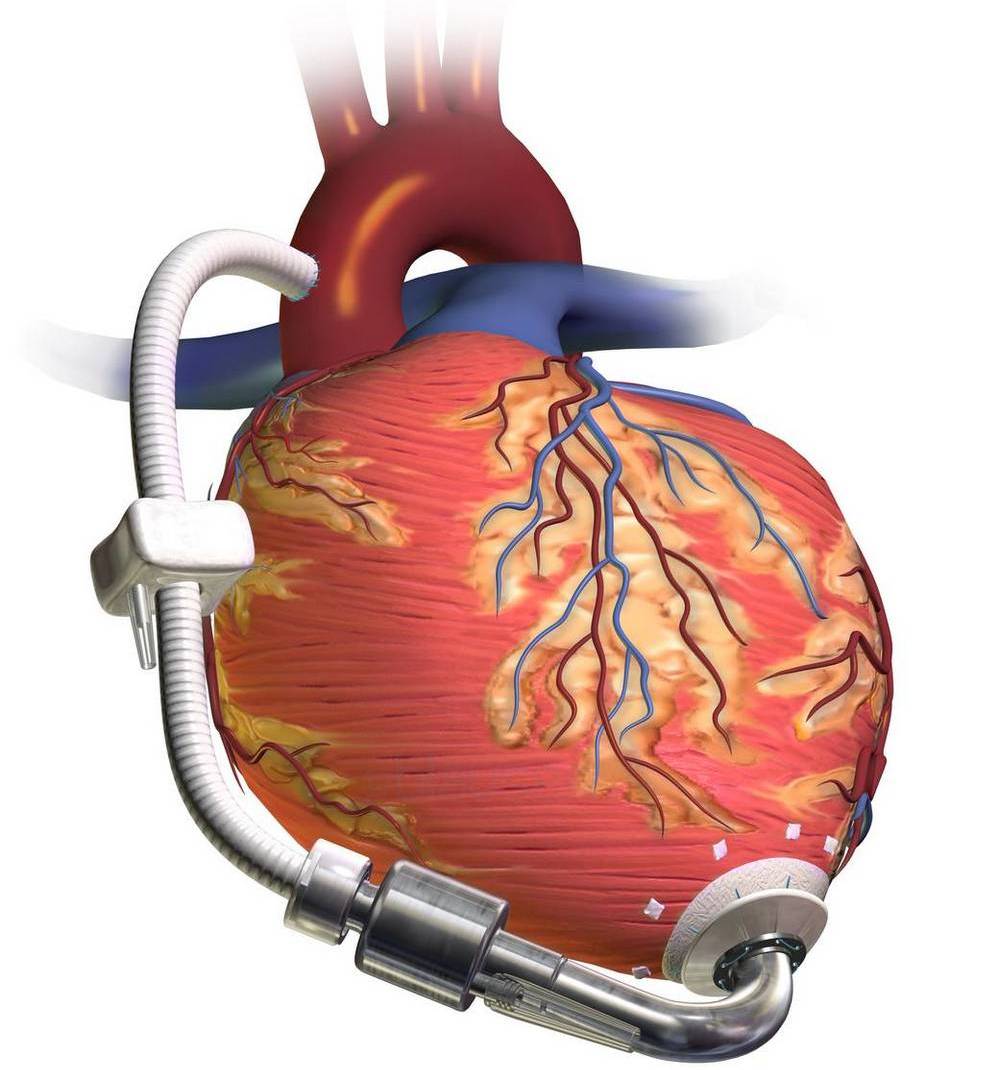
Hundreds of people who need heart transplantation survived thanks to a heart pump that was developed thanks to NASA's experience in modeling fluid flows through rocket engines.
66. NX CAE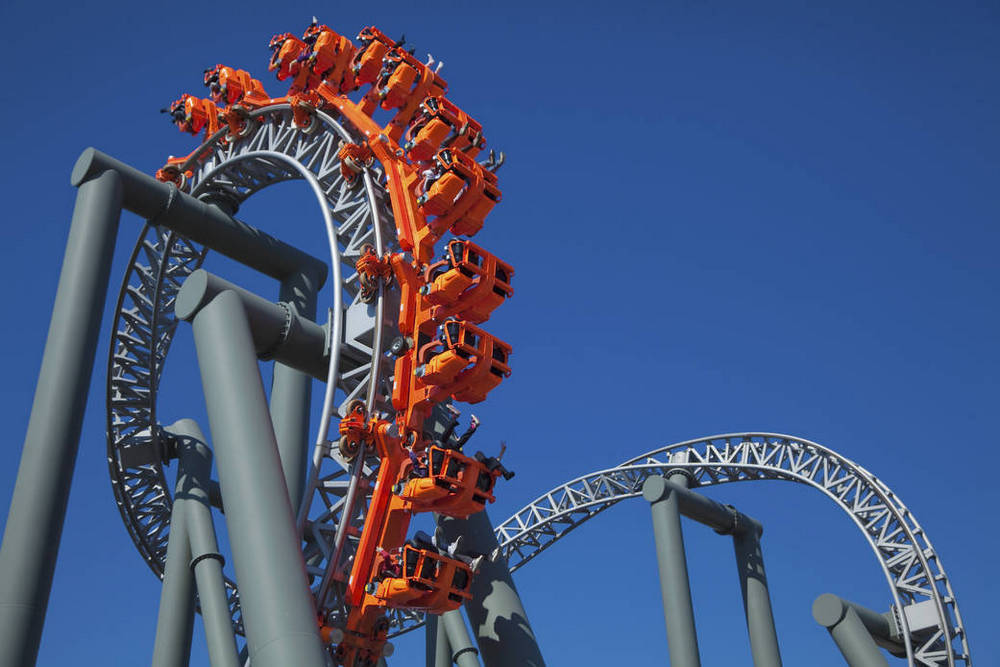
NX CAE (or Nastran) is software developed at NASA in the 1960s. Soon it became a widespread software product in the industry.
67. Product quality standards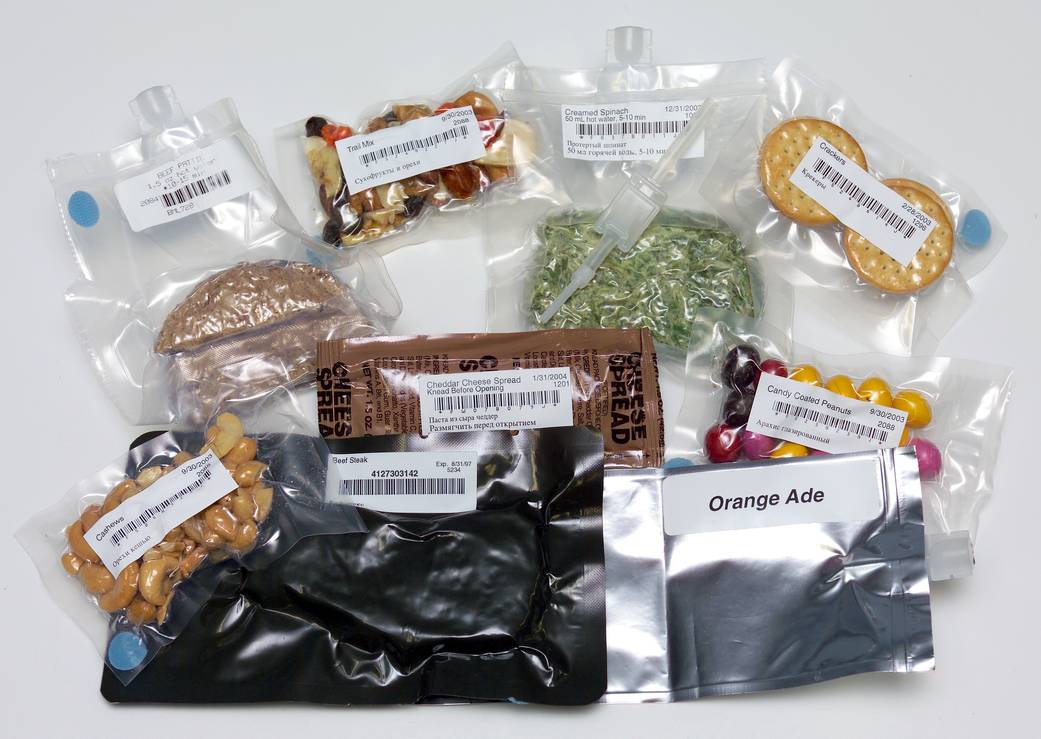
In an effort to ensure the absolute safety of packaged products for space flights, NASA, in partnership with Pillsbury Company, has created a new systematic approach in quality control standards, which has now become an industry standard.
68. Flexible airgel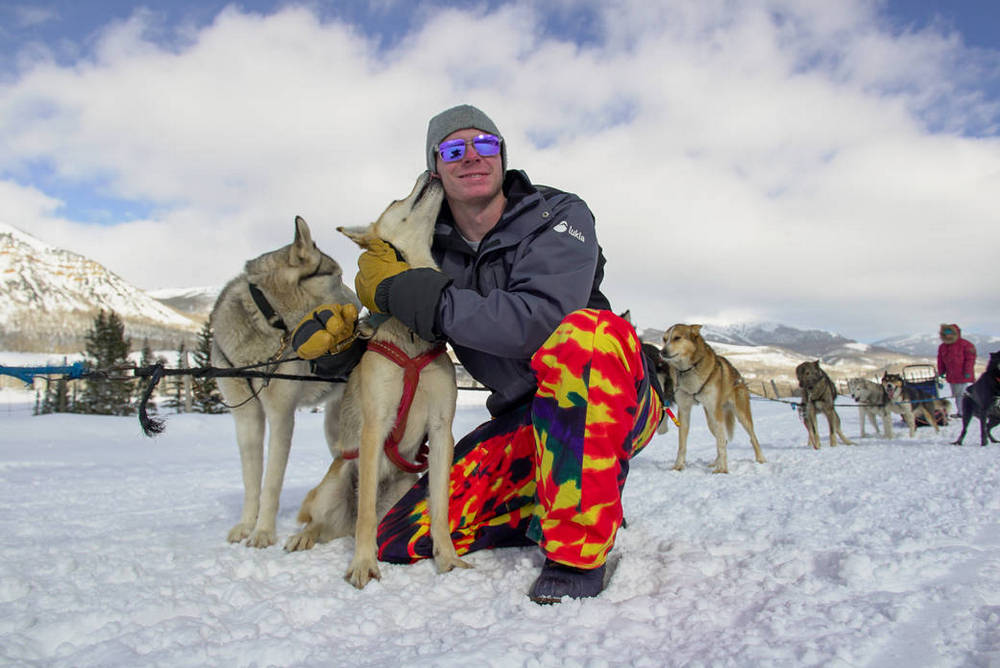
NASA turned to an airgel to maintain the temperature of the cryogenic components of rocket fuel and worked with the industry to create the first practical, flexible blankets from it in the 1990s. Since then, aerogels have become widely used in underwater systems, oil refineries, industrial buildings, refrigerators, jackets and shoe inserts.
69. Map of pollen in the air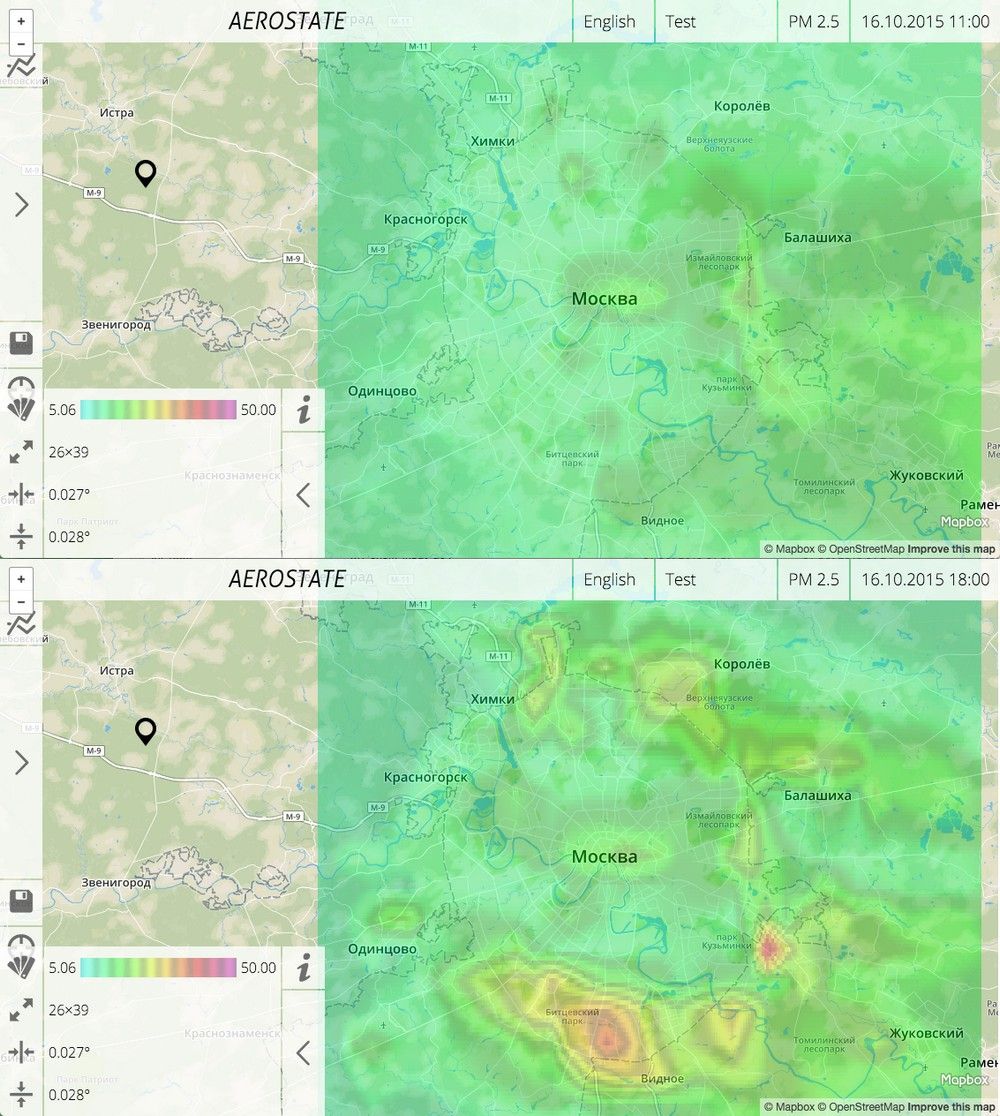
70. 3D-bioprinter